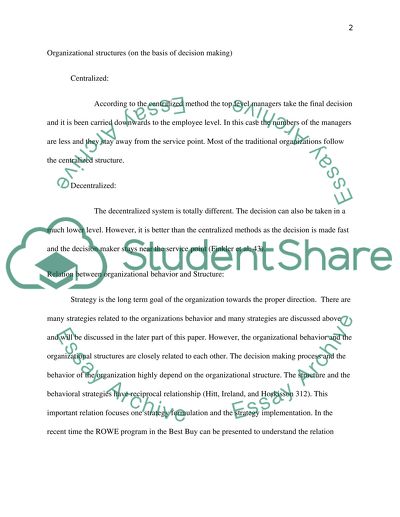Cite this document
(“Organizational behavior Essay Example | Topics and Well Written Essays - 2000 words”, n.d.)
Retrieved from https://studentshare.org/environmental-studies/1414787-organizational-behavior
Retrieved from https://studentshare.org/environmental-studies/1414787-organizational-behavior
(Organizational Behavior Essay Example | Topics and Well Written Essays - 2000 Words)
https://studentshare.org/environmental-studies/1414787-organizational-behavior.
https://studentshare.org/environmental-studies/1414787-organizational-behavior.
“Organizational Behavior Essay Example | Topics and Well Written Essays - 2000 Words”, n.d. https://studentshare.org/environmental-studies/1414787-organizational-behavior.


